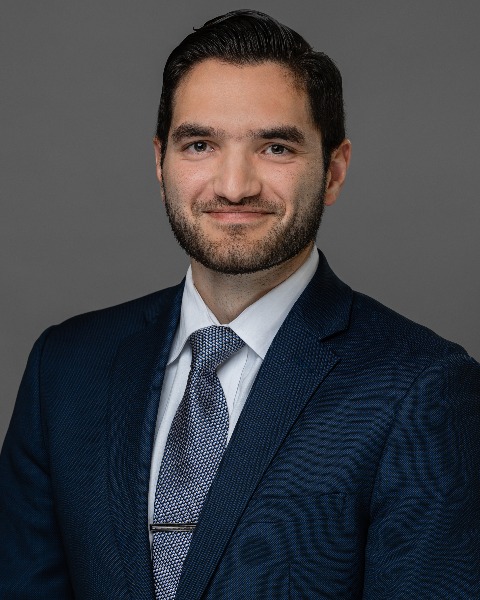Education/Quality/Wellness
Category: Scientific Abstract: Oral/Poster
Assessing Interest in Cardiothoracic Surgery with the American College of Osteopathic Surgeons Medical Student Section: Results of a National Survey
A. D.. Vogel1, A. Wynn1, M. C.. Richards1, M. Sindoni1, C. L.. Hamilton1, J. J.. Gallegos2, T. Wallen3
1Alabama College of Osteopathic Medicine, Dothan, Alabama 2Tallahassee Memorial Healthcare, Tallahassee, Florida 3Geisinger Health System, Shavertown, Pennsylvania
1Alabama College of Osteopathic Medicine, Dothan, Alabama 2Tallahassee Memorial Healthcare, Tallahassee, Florida 3Geisinger Health System, Shavertown, Pennsylvania

Andrew D. Vogel, M.S. (he/him/his)
Medical Student
Alabama College of Osteopathic Medicine
Dothan, Alabama, United States
Presenting Author(s)
Disclosure(s):
Andrew D. Vogel, M.S.: No financial relationships to disclose
Purpose: As more integrated cardiothoracic (CT) surgical residency programs are developed, there is increased interest in factors influencing specialty selection during undergraduate medical education. This study aimed to nationally assess interests and perceptions of CT surgery in osteopathic medical students pursuing surgery, and factors influencing students towards a certain surgical subspecialty.
Methods: Active members of the American College of Osteopathic Surgeons – Medical Student Section were invited to complete an original online survey. Means and 95% confidence intervals were calculated and graphed for questions using Likert scale responses. Comparison of mean responses for students in preclinical years versus students in clinical years were assessed by a Kruskal-Wallis non-parametric ANOVA or Chi-Square test. Significance was determined by a P-value < 0.05 (two-tailed).
Results: There were 307 surveys completed, and interest in CT surgery was indicated by 31.6% of respondents. Preclinical students comprised 80.4% of those interested in CT surgery. Work/life balance, personality of CT surgeons, and lack of family time were negative factors associated with CT surgery. Students interested in CT surgery identified factors that developed their interest and when they occurred. For the factors selected, students noted occurrences before medical school, including clinical exposure (78.4%), shadowing (81.8%), volunteering (57.1%), and significant personal/life events (86.2%). Other factors demonstrated impact during preclinical years, including mentorship (63.2%), research (66.7%), and events conducted by surgical interest groups (80%). Additionally, preclinical students appeared unaware of data at their institution about alumni who have matched into CT surgery, are CT fellows, or are practicing CT surgeons. Furthermore, preclinical students noted exposure to CT surgery during preclinical years would further increase their interest when compared to clinical students (μ=4.10 vs. μ=3.46, P< 0.000). Importantly, clinical students feel significantly less supported by their school to pursue CT surgery compared to preclinical students (μ=2.45 vs. μ=3.40, P< 0.000).
Conclusion: All factors that established interest in CT surgery occurred before students entered medical school and during preclinical years. While there are negative perceptions associated with CT surgery, these may be altered with increased support and resources for CT surgery during the preclinical years. Further research is needed to assess why students feel they are not supported by their institution and the correlation between preclinical activities and subsequent pursuit in clinical years.
Identify the source of the funding for this research project: There was no funding for this research project.
